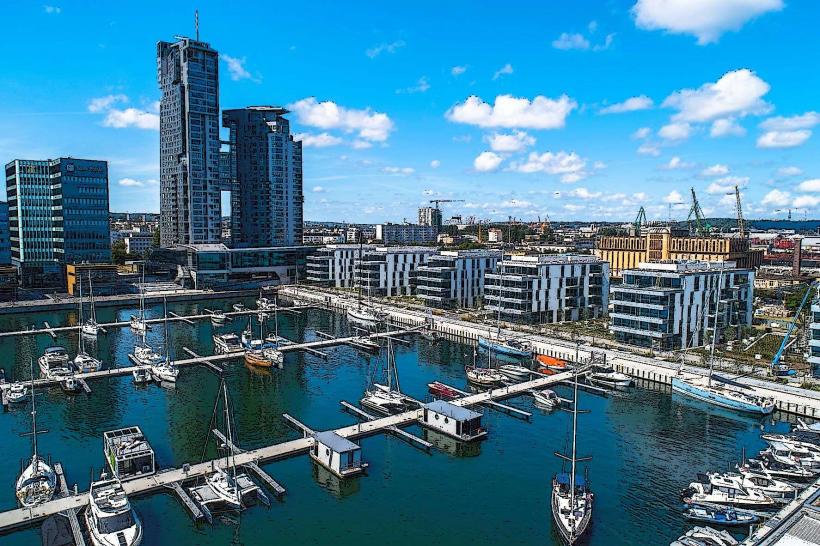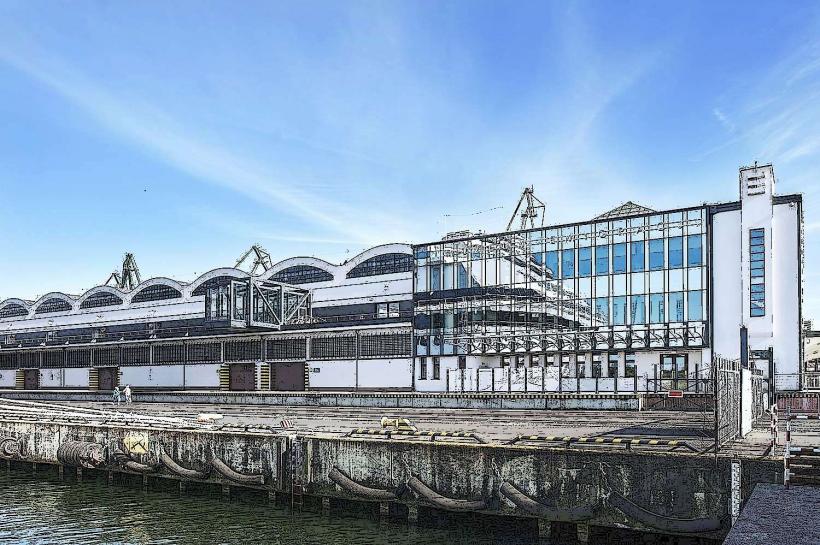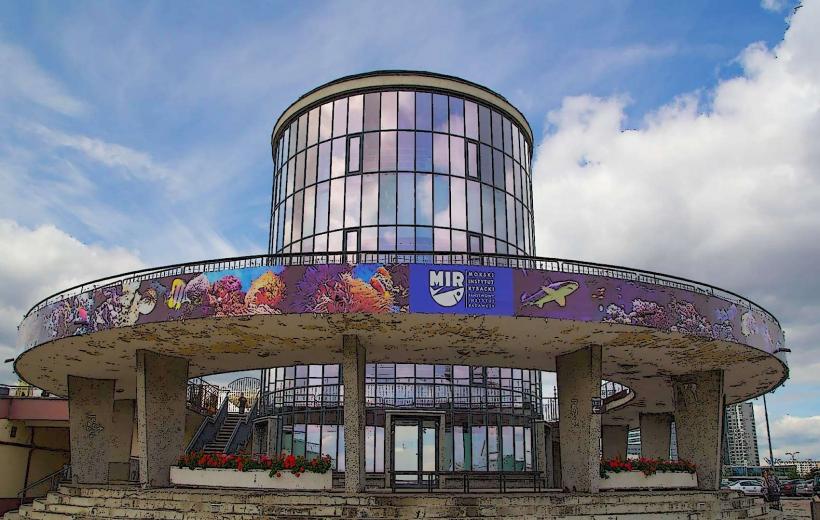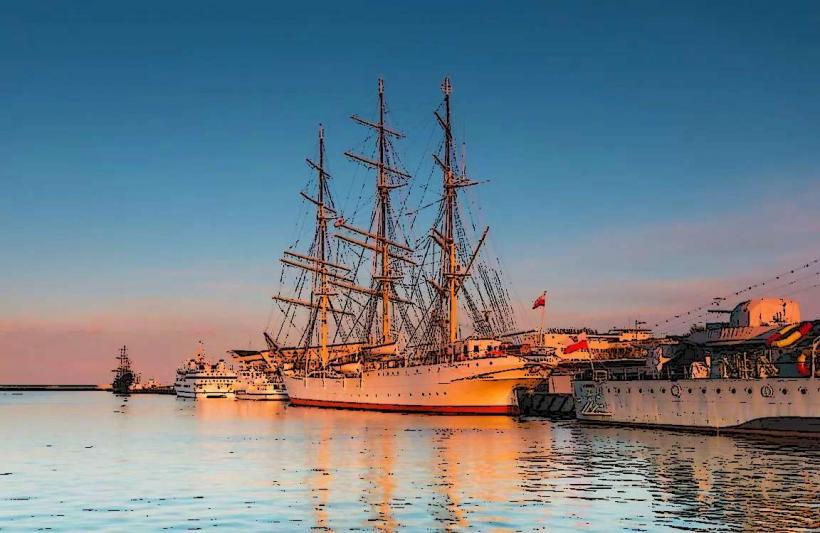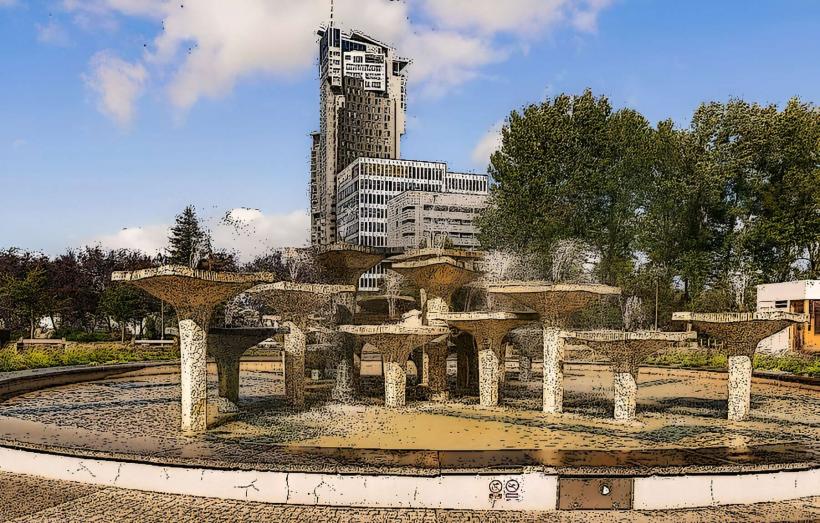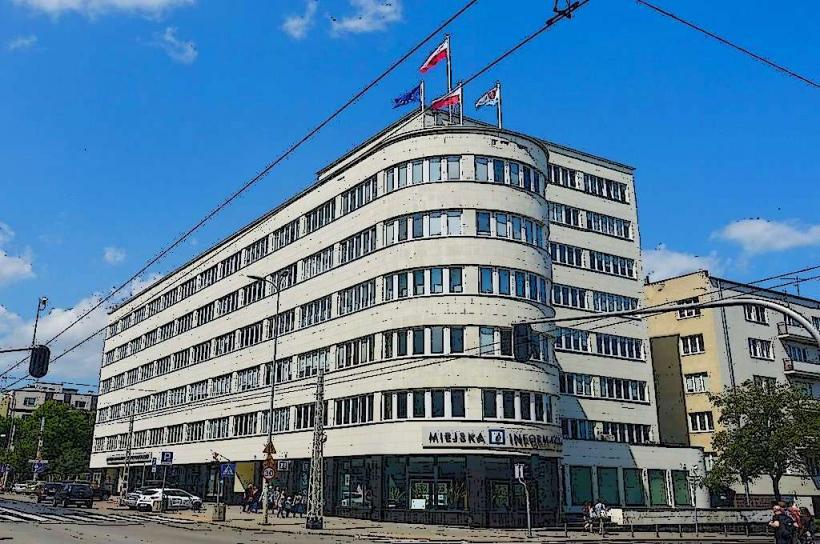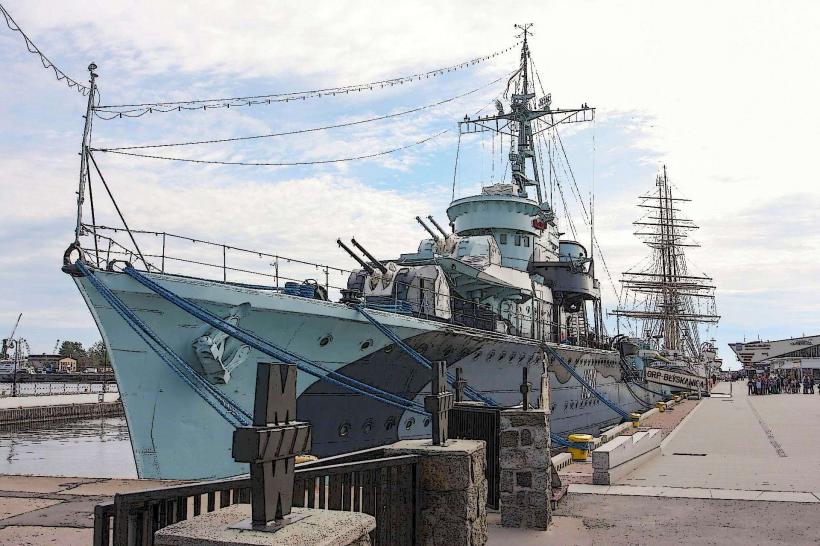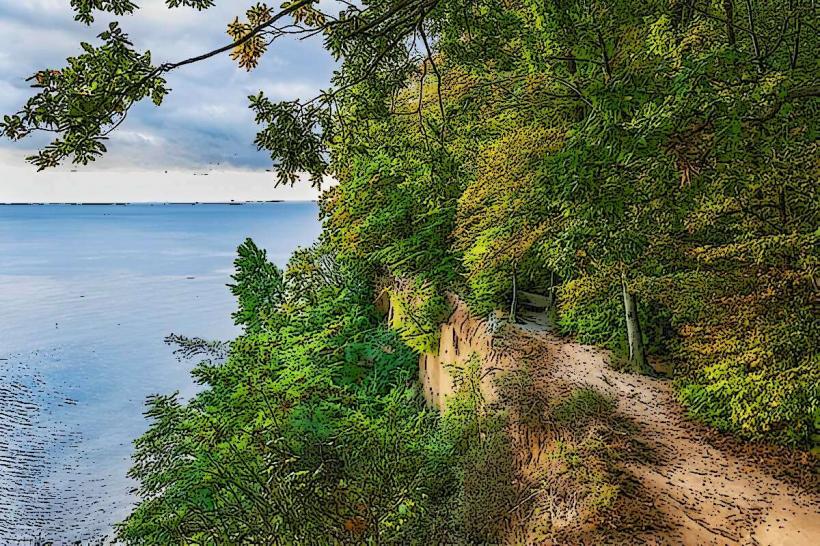Information
City: GdyniaCountry: Poland
Continent: Europe
Gdynia is a prominent port city located in northern Poland, on the Gulf of Gdańsk along the Baltic Sea. Part of the Tricity metropolitan area (along with Gdańsk and Sopot), Gdynia has evolved from a small fishing village into one of Poland’s most important and modern cities, particularly known for its maritime industry, cultural heritage, and beautiful coastal scenery.
History
Gdynia's history can be traced back to the Middle Ages, but it remained a small village until the early 20th century. The city’s rapid development began in 1920 when, after Poland regained independence, the newly formed Second Polish Republic sought to create its own port on the Baltic Sea. Gdynia was chosen for this task due to its favorable location and natural harbor.
The port of Gdynia was officially established in 1922 and soon became one of the largest and most modern ports in Europe, making the city an essential hub for Polish trade and commerce. During the interwar period, Gdynia experienced significant growth, with the construction of modern infrastructure, residential areas, and cultural institutions.
Following World War II, Gdynia’s port facilities expanded even further, and the city became a key center of Poland’s maritime industry. It played a critical role in the country’s post-war economic recovery, although much of the city’s pre-war buildings were destroyed during the war.
In the late 20th and early 21st centuries, Gdynia transitioned from an industrial city into a vibrant, modern urban center known for its innovation in technology, culture, and tourism. The city is also an important base for the Polish Navy.
Geography and Layout
Gdynia is located on the Baltic coast of northern Poland, and its harbor is one of the largest in the country. The city is part of the Pomeranian Voivodeship and lies directly north of Gdańsk, the historical and cultural capital of the region. It covers a relatively small area, but the city is highly urbanized with a well-developed waterfront, parks, and residential districts.
The city’s layout reflects its coastal geography, with much of the residential and commercial areas located along the Gulf of Gdańsk. Gdynia is also characterized by its hilly terrain, especially around the Kępa Redłowska nature reserve and the Kamienna Góra hill, offering stunning views of the harbor and sea.
The city is surrounded by natural beauty, with nearby parks, forests, and beaches that attract visitors year-round.
Economy
Gdynia’s economy has historically been driven by its port, and it remains one of Poland’s key maritime centers today. The Port of Gdynia is a multi-purpose port that handles cargo, passenger ships, and naval vessels. The port’s development has contributed significantly to the city's economy, particularly in logistics, transport, and trade.
In addition to its maritime industry, Gdynia has diversified its economy in recent years. The city has become a hub for the technology and ICT sectors, with numerous companies focused on innovation, digital services, and software development. Gdynia is also an important center for tourism, attracting visitors with its rich history, beautiful beaches, and cultural events.
Gdynia is home to several business parks and industrial zones that support a range of industries, including shipbuilding, maritime logistics, automotive production, and high-tech startups.
Education and Research
Gdynia is home to several educational institutions, primarily focused on maritime industries, technology, and the arts. Key universities and schools include:
- Gdynia Maritime University: Specializing in maritime studies, including shipping, logistics, and engineering.
- University of Gdynia: Offering a wide range of programs in fields such as economics, engineering, and social sciences.
- Gdynia Academy of Art: A prestigious art institution fostering creativity and artistic talent.
- Gdynia School of Computer Science and Technology: Focused on IT and software development, contributing to the city’s growing tech sector.
Additionally, Gdynia hosts numerous research centers, particularly in maritime technology, environmental studies, and renewable energy, fostering collaboration between academia and industry.
Culture
Gdynia is known for its thriving cultural scene, which includes a mix of contemporary arts, cinema, theater, music, and architecture. The city’s maritime history is celebrated in numerous events and institutions, but it is also home to cutting-edge cultural initiatives.
Key Cultural Institutions
- Gdynia Film Centre (Centrum Filmowe Gdynia): This is the hub for film culture in the city and hosts the Gdynia Film Festival, one of the most important film festivals in Poland, celebrating Polish cinema.
- Gdynia’s Musical Theatre: A renowned institution known for a wide variety of theatrical performances, including musicals, plays, and operas.
- The Polish Naval Museum: Dedicated to Poland’s naval history and located in a historic building on the harbor, it highlights the importance of maritime heritage to the city.
- Museum of Emigration: Housed in a former transit warehouse, this museum explores the history of Polish emigration, particularly after World War II.
Gdynia also hosts numerous cultural events throughout the year, including Gdynia Design Days, Jazz on the Beach, and Open'er Festival, one of Europe’s most well-known music festivals. The city is also a center for modern art and design, with several galleries showcasing contemporary works.
Public Transport and Infrastructure
Gdynia is well-connected to the rest of Poland and Europe. The city has a robust public transport system, including buses, trams, and a SKM (Fast Urban Railway) network that links Gdynia with Gdańsk and Sopot, making it part of the Tricity metropolitan area. The city is also connected to other Polish cities and international destinations via the Gdynia Railway Station.
Gdynia Lech Wałęsa Airport (located near the city) serves domestic and international flights, making the city easily accessible to travelers. The port of Gdynia also plays a key role in providing ferry services to Scandinavia, particularly to Sweden, Norway, and Denmark.
The city has a modern infrastructure, including newly developed residential areas, shopping centers, and office buildings. It has focused on improving its urban mobility with the development of pedestrian and cycling paths, as well as promoting sustainable energy solutions.
Green Spaces and Outdoor Activities
Gdynia is known for its scenic landscapes, combining coastal views, forests, and parks. The city is an attractive destination for outdoor activities, with plenty of opportunities for hiking, cycling, and water sports.
- Redłowska Cliff: A protected natural area with stunning views over the Gulf of Gdańsk, ideal for walking and hiking.
- Kępa Redłowska Nature Reserve: A forested area near the coast that offers a tranquil escape from the urban environment.
- Gdynia Beach: A popular summer destination for swimming, sunbathing, and sailing. The city’s beaches are clean and well-maintained, offering a wide range of recreational activities.
Gdynia is also part of the Pomeranian Coast, and the nearby Hel Peninsula and Slowinski National Park provide additional natural attractions for outdoor enthusiasts.
Modern Development and Urbanism
Gdynia is known for its modernist architecture, particularly in the city center, which features several examples of early 20th-century Constructivist and Functionalist styles. One of the most famous examples of this is the Gdynia Modernism Route, which highlights the city's architectural heritage and includes landmarks such as the Gdynia Maritime Hotel and the Musical Theatre.
The city has also focused on urban renewal and development, particularly around the waterfront. Former industrial sites have been redeveloped into cultural, commercial, and residential spaces, contributing to Gdynia's dynamic urban landscape. Modern office buildings, shopping centers, and residential developments continue to emerge, making Gdynia a city with a strong sense of contemporary urbanism.
Challenges
As Gdynia grows, it faces challenges typical of rapidly developing cities, including balancing urban expansion with the preservation of its natural environments. The port area, while a major economic asset, can contribute to environmental concerns such as air and water pollution. The city is actively working on sustainable solutions to address these challenges.
Future Outlook
Gdynia’s future is shaped by its role as a maritime hub, with plans for further port expansion, technological innovation, and environmental sustainability. The city is also positioning itself as a key player in the smart city movement, focusing on sustainable development, clean energy, and technological solutions to improve the quality of life for its residents.
As Gdynia continues to modernize and diversify its economy, it will likely remain a center for culture, technology, and maritime industries, offering a high standard of living and a dynamic urban environment. Its location along the Baltic coast and close proximity to Gdańsk make Gdynia an attractive city for both business and tourism.

